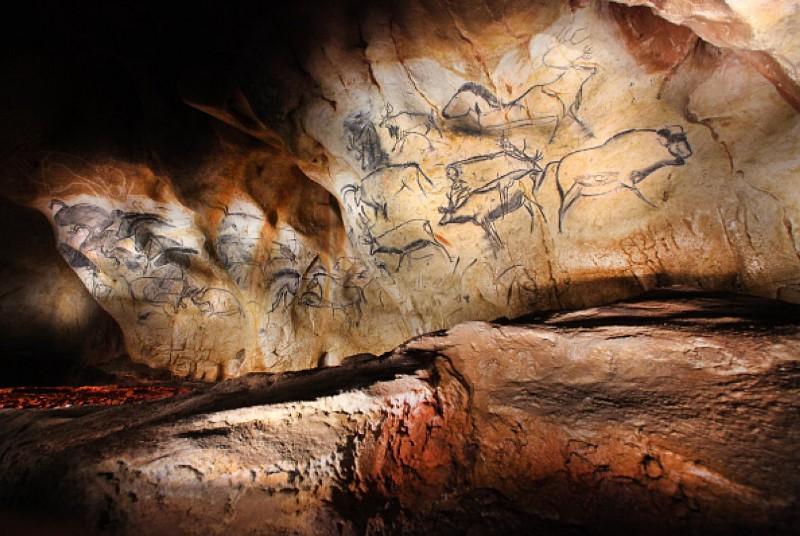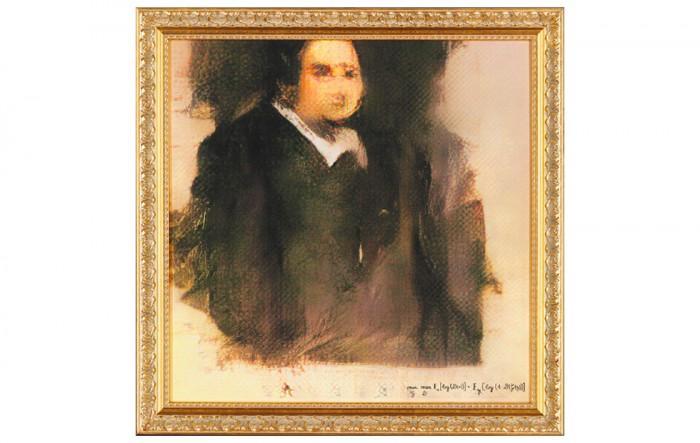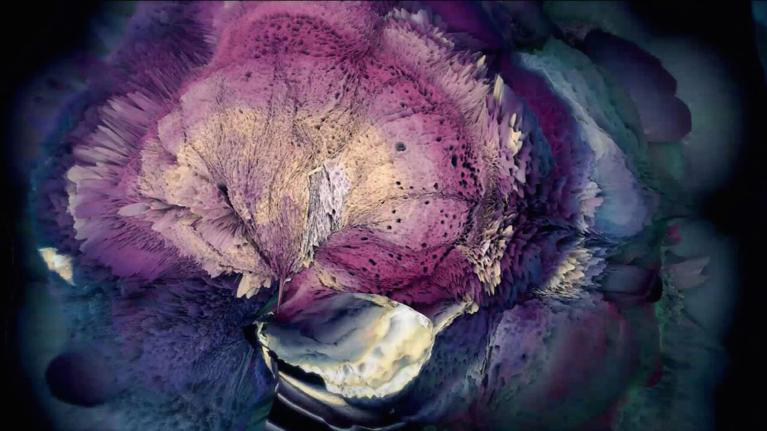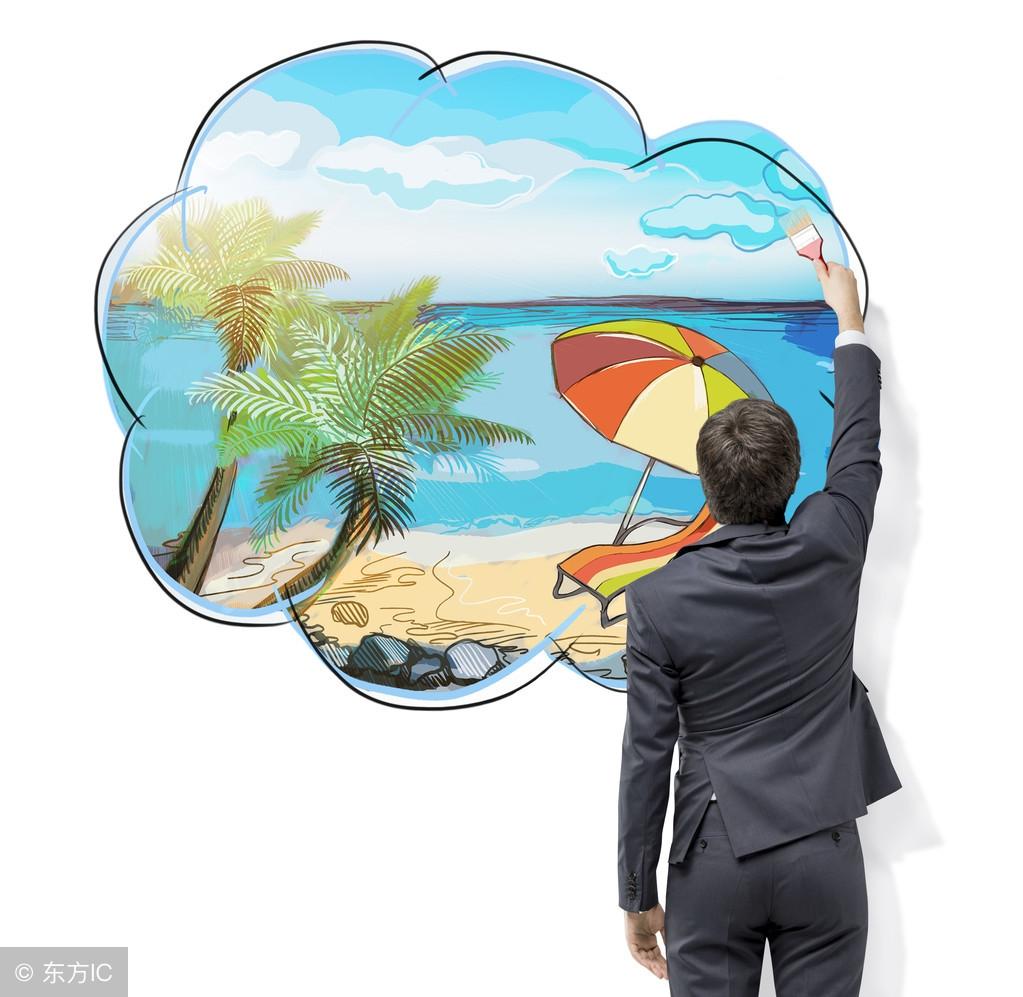At Christie’s global auction this October, an AI painting will be put up for public auction for the first time, raising the topic that AI is also playing a role in creative activities such as music, architecture, science, and fine arts. More and more important roles, such as avatar canvas, paintbrush, and even musical instruments, create artistic paintings and melodious songs one after another.
However, the emergence of AI paintings has also led to the proliferation of fakes, which makes works worth millions of dollars meaningless. At the same time, the AI technology used to identify the authenticity of paintings has appeared again, but this seems to have fallen into a vicious circle of self-produced and "sold". For art, is artificial intelligence a fresh blood or a future killer?
What is art?
From a psychological point of view, art can arouse people's memories of past events. To a certain extent, it is a means for people to communicate and educate people, and it is also used to understand themselves and express some indescribable artistic conceptions. a method.
Think back 30,000 or 40,000 years ago, humans hadn't learned to be emotionally self-reflective, because people were hunting, fighting, keeping themselves warm while keeping themselves safe. In other words, a constant struggle for survival.
This changed later when humans learned to gather food without the burden of hunting. So, the Cro-Magnon tribe (the Caucasian race in Europe during the Upper Paleolithic) chose to settle. This time, sitting by the campfire, looking at the shadows cast on the wall of the deep cave, they were no longer thinking about food, but about something more important than survival. So they picked up the branches and started painting.
Furthermore, without the cognitive ability developed by our ancestors through hunting, human beings would not be able to learn to make and use tools, and would not even be able to have memory, form language, and have the ability to express, nor would they learn to recognize the growth patterns of the surrounding environment, so that they can to survive.

Now, they are the abilities we try to simulate with machines: memory, language, comprehension, reasoning, learning, expression, and pattern recognition. These are the core components of artificial intelligence. As a result, artificial intelligence has become a "simulated entertainer", and we began to use AI to create art. But at the beginning, what artificial intelligence learned was to understand and copy human art. At that time, this technology was called "Style Transfer" (Style Transfer), which used deep networks to copy and recreate works that mixed many artistic styles. .
With the continuous improvement of technology, perhaps artistic creation is no longer the exclusive product of human beings.
An AI painting to be auctioned
It cannot be denied that the history of art has always been intertwined with the development of technology. Indeed, artists and art movements are often defined by the tools available. For example, the precision of flint knives (high technology of the Stone Age) enabled humans to carve the first figurative art out of mammoth ivory; the Old Masters used a camera obscura to render scenes with exceptional depth. Now, fluorescence microscopy, 3D bioprinting, mixed reality, etc. have all become tools for artists to express themselves, but the most representative technology is artificial intelligence.

On the white wall of Christie's central London gallery hangs a gold-framed painting of a man dressed in puritanical black and slightly melancholy. The painting appears to be the work of an old master, but it has an unexpected signature in its lower right corner: a cursive algorithm.

It is understood that this is a painting by the French art organization Obvious named Edmond de Belamy, or more precisely, an algorithm designed by Obvious, which will be auctioned at the Prints & Multiples auction held on behalf of Obvious by Christie’s in October.
Founded in April 2017 with the motto "Art creation is not just for humans", Obvious creates works of art by teaching the history of computer art and showing it how it is made. According to the organization’s co-founder Gauthier Vernier, “the whole process is designed to have as little human involvement as possible in the creation of the work.” So far, Obvious has created 11 works of art with the help of artificial intelligence.
In order to allow AI to create better, the team collected 15,000 portraits spanning from the 14th century to the 19th century through the art encyclopedia Wiki Art, and input them into the GAN algorithm. The GAN algorithm consists of two parts: generator and discriminator. The generator learns the rules of portraits, such as a person has two eyes and a nose, and it starts creating new images based on those rules.
The job of the discriminator is to identify images, guessing which ones are the "real" ones from the dataset and which ones are the "fake" ones from the generator. When the generator fools the discriminator, it learns from failures. And when it successfully fools the discriminator, the process is complete and a new image is generated. It is worth mentioning that the whole process is not a simple copy or patchwork of the existing 15,000 images, but an original image. For this, researchers call this new art movement "GANism".
As cool as this move by Obvious is, it’s not yet clear whether its work can be called “art.” However, the answer is not very important, what is important is that people are surprised by the strong interest in his work, whether they like it or hate it, no one is indifferent to it. Will artificial intelligence be a human substitute for mass production of works of art?
Hugo Caselles-Dupré, an AI doctoral student who works on technology at Obvious, doesn't think so, likening today's AI experiments to the advent of photography in the mid-19th century, when miniature portrait artists Unemployed, "People said that photography is not a real art, people who take pictures are like machines. Now, we have always believed that photography has become a real branch of art."

Now that the paintings created by artificial intelligence can already make people feel that they are masterpieces of an ancient master, can we understand that AI can also imitate some masterpieces to achieve the effect of confusing real ones? As we all know, the emergence of this situation will only drive the "fakes" crazy and cause collectors to suffer monetary losses. How should we deal with this situation?
Self-produced from "sales", artificial intelligence has become a new tool to identify counterfeit art
In addition to artificial intelligence paintings, in the field of art, forgery has become more and more rampant. At the end of March this year, a judge in Wiesbaden, Germany, played the role of an art critic and two men were accused of forging works including Kazimir Malevich and Wassily Kandinsky. Works by artists including Wassily Kandinsky. The case, now three and a half years old, is seen by many as a test: A successful prosecution could help end an epidemic of “fakes,” a problem that has plagued the Russian art market.
In addition, in January this year, the Ghent Museum of Fine Arts in Belgium was forced to withdraw 24 works because a report pointed out that they were all fake; not long ago, the Modigliani exhibition held in Genoa, Italy (Modigliani Exhibition), 21 works on display were confiscated and labeled as fakes. It's eye-popping how a multimillion-dollar piece suddenly becomes worthless. So, after a series of scandals, the market has become tense.

As a result, artificial intelligence tools to distinguish the authenticity of paintings came into being. Researchers from Rutgers University in New Jersey are now exploring a way to start a new phase in artistic certification. Abandoning the traditional method of analyzing the expensive materials of the works, the technology developed by the researchers is so powerful that it does not even need to touch the most original works, just a digital photo can be done, of which artificial intelligence is the biggest contributor.
In a paper released last November, the team detailed how its AI system broke down paintings by Picasso, Matisse, Modigliani, and other famous painters into more than 80,000 individual strokes that Based on the dataset, the researchers used a machine algorithm to find specific features in the paintings, such as the shape of the lines in the strokes and the weight of the strokes. Through the combination of these two analysis methods, the artificial intelligence has an 80% chance of finding Effectively identify counterfeit counterfeit products. What's even more impressive is that the artificial intelligence has the ability to identify whether each work presented to it is a fake with just a single stroke.
In this regard, Dr. Ahmed Elgammal of the research team said, "Stroke is a movement process that is undoubtedly conscious. Artists focus on composition, body movements, brushes, etc., but strokes are also a clear sign of it." Now the study is still in progress. In progress, if successful it would be a valuable addition to the field.
In fact, the idea of identifying artists by their strokes dates back to the 1950s, a technique invented by Dutch art historian Maurits Michel Van Dantzig. In his view, every work of art is the product of a human hand, and each hand is different, so it should be possible to identify the author by these obvious brushstrokes.
The problem, though, is that there is just too much data. Even a simple drawing contains hundreds or thousands of strokes, all of which are impractical to recognize by the human eye. However, artificial intelligence can do some things that humans cannot, so now researchers are trying to find solutions through AI. So far, the system has been identified and tested on paintings by some artists from a certain period. In terms of challenge, it's the old paintings, because there are many layers of restoration or overpainting.
While Ahmed Elgammal is full of information about the technology, there are still skeptics. For example, Charles R Johnson, a professor of computational art history at Cornell University, said that rather than saying that I doubt artificial intelligence, it is better to say that I doubt the assumptions behind this theory. After all, strokes are rarely personalized. At the same time, artists It will also change at different times in your career. At the same time, we do not understand the nature of many artists' works, so it is best to focus on the canvas or paper for computer analysis, in order to get more rigorous verification.

However, Ahmed Elgammal is sticking to his method, and the team is now studying Impressionist paintings such as Picasso, and hopes to publish the results next year. In their view, even with drawings, machines cannot learn on their own; often, algorithms need human tweaking to ensure the correct attributes are being checked, and artists whose output is too small to create valid datasets are also a challenge.
However, in Xiao Zhijun's opinion, there are still many difficulties in this technology. For example, the emergence of counterfeit products. If fake data is collected, the entire database will be polluted, and the algorithm may be distorted. Of course, in the face of these problems, some people proposed to use blockchain technology to ensure the source of data, while others called for increased data transparency.
In general, artificial intelligence and art, whether it is creation or identification of authenticity, is a very philosophical issue. It's hard to think of anything more personal or human than art, because it's what defines our self-expression as a species. But when it comes down to it, humans are not very good at separating the fake from the real.
Aside from self-driving cars and Alexa, the virtual assistant trying to make its voice more human-like, perhaps artificial intelligence will know the secrets of artistic genius better than we do—although whether the work created by machines can be called art is still an open question. Unknown, but we cannot deny his curiosity when "appreciating" works. Humans, on the other hand, don't do very well when it comes to complex food combinations because we make too many mistakes...
Articles are uploaded by users and are for non-commercial browsing only. Posted by: Lomu, please indicate the source: https://www.daogebangong.com/en/articles/detail/Falling%20in%20love%20and%20killing%20each%20other%20Is%20AI%20the%20fresh%20blood%20of%20art%20or%20the%20killer%20of%20the%20future.html

 支付宝扫一扫
支付宝扫一扫 
评论列表(196条)
测试